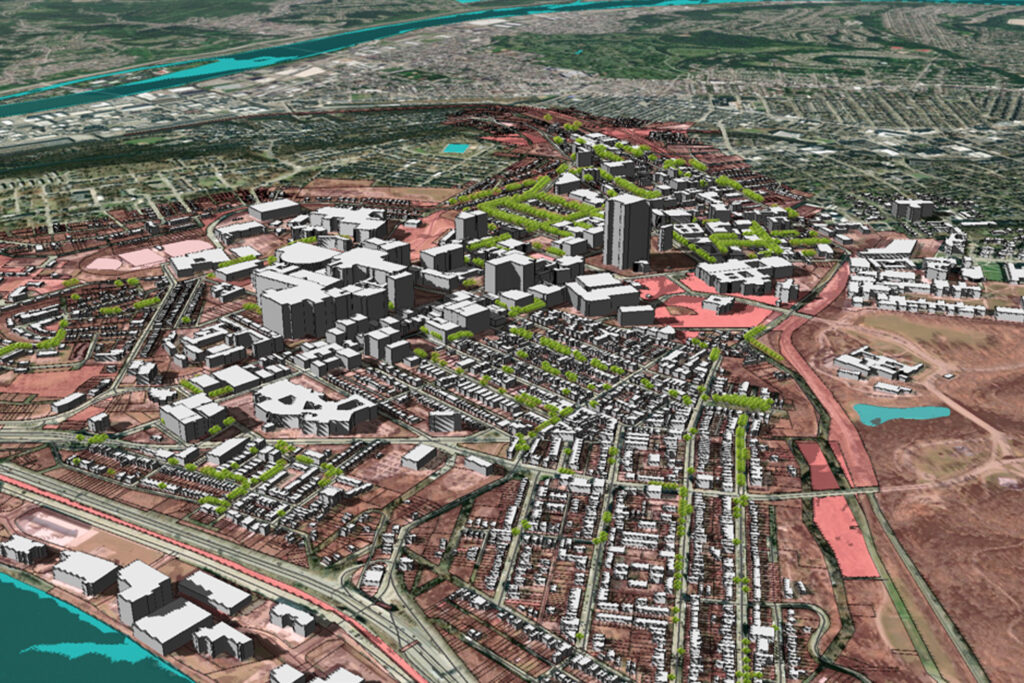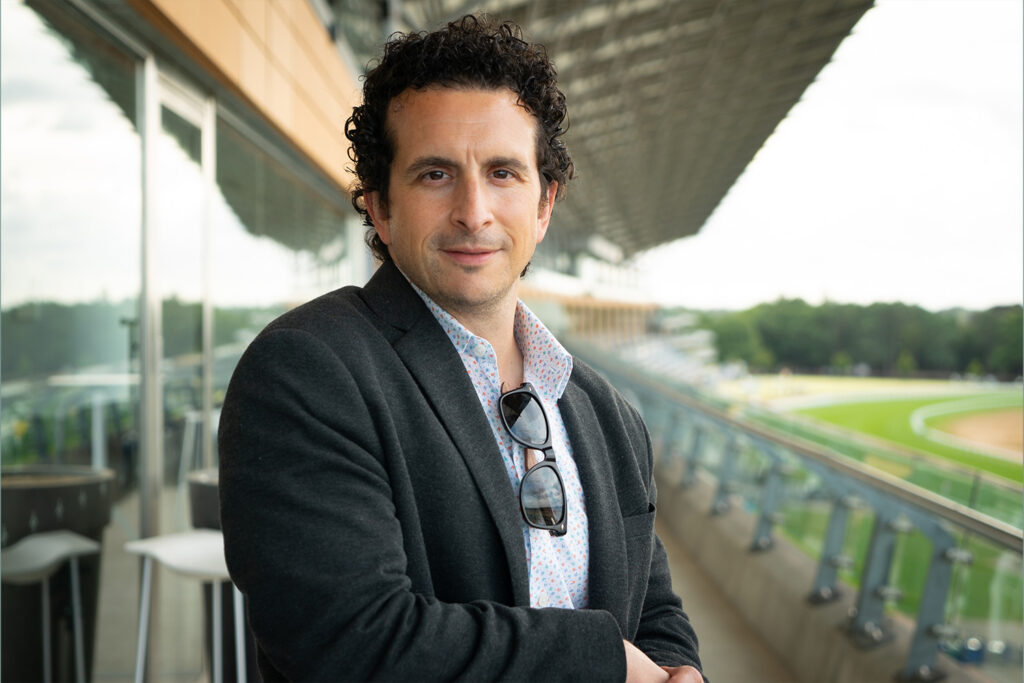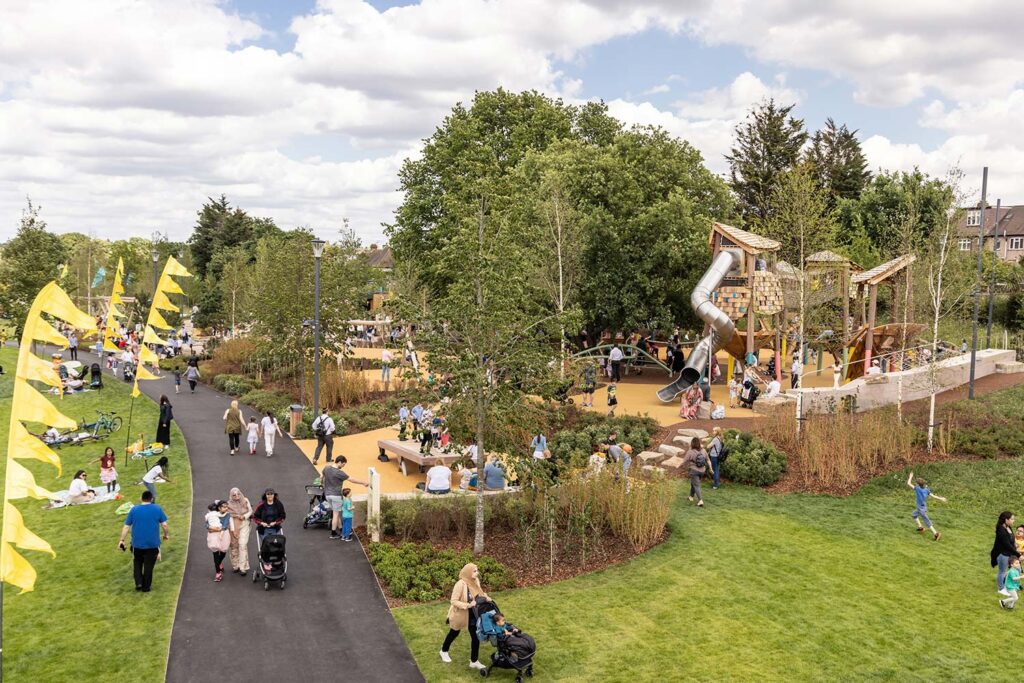
Oakland Energy Master Plan
Pittsburgh, USA
Project details
Client
Green Building Alliance
Collaborator
Advantus Engineers and BUSS
Duration
2021-2024
Services provided by Buro Happold
Advisory, Analytics, Infrastructure, Masterplanning, Smart places, digital and data advisory, Sustainability and energy transition advisory
Oakland Energy Master Plan (OEMP) is a comprehensive approach to understanding the Pittsburgh neighborhood of Oakland’s current and projected energy demand, while addressing the climate crisis through the development of a practical, data driven energy plan.
As the project convener, Green Building Alliance has assembled the higher education and cultural institutions, healthcare providers, government entities, and local utility providers together to tackle the challenges of developing interventions to address the impacts of climate change, reduce residential energy burden, and achieve low carbon energy goals in the neighborhood.
Challenge
A multidisciplinary team from Buro Happold was engaged to create a plan that will help to shape the pathway to achieving a lower carbon future. The neighborhood is one of the most energy dense districts in Pennsylvania with three universities, a world class healthcare system, biomedical and robotic laboratories, and several existing district energy systems. Development in the district is projected to grow in both density and energy use and therefore a comprehensive energy plan is needed to understand the pathway to achieving a low carbon future.
The Oakland Energy Master Plan was identified as a critical project within the recently approved Oakland Plan, a 10-year neighborhood plan. Adopted by the City of Pittsburgh in 2022, the Oakland Plan presents a shared vision for Oakland’s future and the projects and programs necessary to make that vision a reality.
The energy master plan is being developed alongside institutional master plans, and the Pittsburgh 2030 District initiative – a locally-driven strategic initiative of the Green Building Alliance that supports building owners and managers as they strive towards impactful improvements in building performance and energy and carbon reductions. The Buro Happold team has assessed Oakland’s energy infrastructure and produced a calibrated energy baseline, projected energy model and digital twin of the neighborhood. The calibrated energy baseline establishes the current energy use in each of Oakland’s 3,100+ buildings and is the basis for future energy projections, test recommendations, and strategies to determine energy-related impacts at the individual building and neighborhood scale.

Solution
The project has three distinct phases of equal importance. The first phase, which took place in 2021-22, involved data gathering – the creation of energy and carbon baselines, development of future projections, and a digital twin platform for data visualization and analysis. The second phase (2023) will see our experts develop a series of future energy scenarios and work with stakeholders in a series of engagement workshops to refine the preferred approach to lowering the carbon footprint of the district. In the final phase (2024), the team will prepare an implementation plan and initiate the delivery of the report’s pathway.
In Phase One, the team determined the energy and carbon projected from new development over the next 20 years and the associated emissions required to be reduced to meet the neighborhood’s low carbon goals. The projections model was developed by analyzing institutional master plans, known private development, and proposed zoning incentives in order to project physical growth and energy use through 2050. This projection model paired with the energy baselines provided the foundation to develop energy and carbon reduction scenarios in Phase Two.
The digital twin is a virtual replica of Oakland’s real environment first developed in GIS and usable on a web platform. The digital twin allows users to visualize and assess all data compiled in Phase One and it will provide the opportunity to undertake data analytics, interactions between proposed infrastructure and building solutions, and develop scenarios for energy and carbon reduction.

Value
Our multidisciplinary team brings together experts in everything from energy planning to sustainability to GIS digital twin modeling. Together, our team will explore opportunities for infrastructure investment, energy and carbon risk mitigation, district energy collaboration, and socio-economic benefits. We will help understand how decarbonization can improve air quality issues, determine how programs like weatherization and community solar may be woven into the final plan, and determine how existing programs like the 2030 District might be scaled to the residential sector.
Ultimately, we will aggregate the most advantageous energy scenarios into a comprehensive implementation plan for the City of Pittsburgh, to be implemented in partnership with Oakland institutions, private developers, utility companies, and other stakeholders. The implementation plan will detail the necessary steps and responsibilities for each stakeholder group, while providing a digital platform for ongoing refinement and visualization of energy strategies.















